Ancient irrigation detection and analysis using advanced remote sensing methods (UnderTheSands)
UnderTheSands is a Marie Skłodowska-Curie Postdoctoral Fellowship funded under the Horizon Europe programme of the European Union (HORIZON-MSCA-2021-PF-01-101062705) at the Landscape Archaeology Research Group (GIAP) of the Catalan Institute of Classical Archaeology (ICAC).
What are the goals of the UnderTheSands?
UnderTheSands aims to locate and reconstruct the irrigation network of the areas under study in the Near East and to explore its chronological dynamics.
Four areas have been selected for the project. There are located in Iraq, Iran and Turkmenistan. The chosen regions in UnderTheSands have diversified characteristics, which will allow the development of a novel workflow for the large-scale analysis of irrigation networks that anyone can later apply to any other area presenting similar features. By studying the irrigation network found in UnderTheSands, we will understand the long-term socio-economic and historical circumstances that produced and maintained these irrigation networks.
We selected the Near East for the project because it has long been the main research area for ancient irrigation. The current political situation, however, stopped most of the investigations. That is why archaeological study in that area needs to catch up with new methods and available data, which will benefit greatly. On top of that, research already done in that area and the availability of a well-preserved irrigation landscape comprise a perfect training area for ML/DL algorithms, which we will employ in UnderTheSands.
What tools will be used in the UnderTheSands project?
The proposed methodology will include remote sensing, terrain analysis, hybrid Machine / Deep Learning methods, archaeomorphology, spatial correlation indices, and historical studies) and various spatial data sources (including multispectral imaging, synthetic aperture radar, and TanDEM-X). The application of Google Earth Engine (GEE) will create a possibility to work with an enormous amount of data incorporating the workflow developed by UnderTheSands. The project will be based at the Landscape Archaeology Research Group (GIAP) at the Catalan Institute for Classical Archaeology (ICAC) in Tarragona.
The methodology proposed by UnderTheSands has not been tried for detecting large areas of irrigation networks in the Near East, which comprise an innovation objective of the project. Deep learning techniques have never been successfully applied for irrigation networks because canals, as they are linear objects, are not easily represented in computer vision. Incorporating multispectral images, allowing vegetation and topography analyses to be performed simultaneously using hybrid ML / DL methods, which UnderTheSands proposes, will significantly increase the DL dataset’s precision. The GIAP team tested a similar approach for ancient tumuli in Pakistan and the Iberian Peninsula. UnderTheSands is expected to bring good results thanks to the application of a robust set of techniques and the considerable experience of the GIAP team.
Why do we need to study ancient irrigation?
Water scarcity is affecting many communities today due to climate change and pollution. In recent years, even in temperate zones, we have witnessed seasons of devastating droughts followed by extreme floods, events of famine caused by the consumption of contaminated water, or degradation of whole ecosystems. The social and economic impact of those issues is impossible to ignore. Therefore, the need for proper water distribution and protection is an active topic in political discourse, particularly in the European Union.
The security of water resources is a remarkably vivid issue in ancient times. The distribution of water with canals to irrigate fields triggered the first significant cooperation among people and eventually led to the creation of the first urban civilisations. Taking the examples of Egypt, Mesoamerica, India, China, and Mesopotamia, it seems every major early civilisation had to properly manage water resources for drinking, landscaping, agriculture, and sanitation.
Ancient investments in the irrigation network in the Near East, for instance, the research area of the UnderTheSands project, created a synergy with the political power of ancient states. The more significant the size of a state was, the more extensive the investments were. Eventually, the length of the irrigation systems in the time of the first empires reached more than one hundred fifty kilometres. Irrigation thus was the first human achievement that influenced the landscape on such a large scale.
Water management was the backbone of ancient Near Eastern society. Cleaning the canals was, and still is, a crucial annual task. Past communities had to ensure that channels were not clogged with silt because otherwise, it would impact water distribution during droughts and floods. Various agencies conducted control of the irrigation works. It can be said that water management’s top-down or bottom-up management swapped in various times and parts of the Near East. For instance, the sources from ancient Mesopotamia indicate landowners, temples, or the state power controlled large sections of irrigation networks. On the other hand, Islamic sources in Central Asia and Iran, but not only those, suggest that cleaning the canals was the local communities’ responsibility, so eventually, the layout of channels and the shares of water mirrored the structure of society.
The access to water reflected the social status of families and individuals, for sure. It involved diet, health and general quality of life, such as access to varied good-quality food from gardens and fields, drinking water, and the comforting surroundings of irrigated parks in urban spaces. On top of that, the excess of the mentioned things signified luxury in the Near East.
Thus, studying the irrigation network design and access to water of ancient settlements and its parts contribute to understanding the status and social organisation. But it is not just that; we can follow the landscape evolution of an area in different archaeological or historical eras and be able to tell how that changed in time. But, first, we need to decipher the location of canals and then reconstruct the whole system or systems. Then, we can determine when those irrigation systems functioned using the results of past archaeological works in the area.
Water management studies are complex because the irrigation network is dynamic creation of past communities. It is a trace of thousands of cleaning phases, digging new canals and abandoning them. The number of modifications of the channel systems is so large that it is often called a palimpsest. To decipher such palimpsest, we need precise data and novel approaches. Luckily, each modification of the irrigation network leaves traces in the topography and soil, which we can use to investigate. Previous attempts, however, were unable to use all those factors on a large scale because of technical issues. Instead, only visible characteristics of the terrain were used, together with traces of ancient settlement occupation. Archaeologists usually had to spend a tremendous amount of time recognising separate canals or small portions of the network that existed in a specific period. Nowadays, we can have a novel tool that instantly identifies the location of channels. Such a possibility is provided by techniques of Deep and Machine Learning being a crucial part of UnderTheSands.
What is the impact of the UnderTheSands on science and society?
Using the novel workflow proposed by UnderTheSands, it will be possible for the first time to map irrigation networks on a large scale seamlessly. Thanks to the diversification of channel features studied in the project, it will be possible to apply this workflow to other areas with a similar environment. It extends the usability of the project’s results beyond the Near East to Egypt in the southwest, Pakistan in the east, Caucasus and Central Asia in the north.
The studies on how the irrigation network discovered by the UnderTheSands is linked with the settlement of various archaeological and historical eras are vital for understanding settlement development in the region. It will significantly contribute to archaeology, history, ethnography and other heritage studies.
The historical analysis planned in the project will show the up and down of irrigation development in the study areas, revealing its connection to local communities, state organisations, and the environment. Such knowledge is invaluable to modern irrigation and contributes much to the region’s water conservation.
Understanding how people in the past coped with watering agricultural fields will contribute to heritage and a source of identity for the local communities. It will bring a deeper connection to the achievements of their ancestors and people settling in the same areas many centuries and millennia ago. It is not just the local identity perceived from within, which is essential, but the external image of these communities, both in science and the general public. Growing such a connection of irrigation to local communities and communicating about that to the general public is fundamental for the heritage, modern culture and environmental issues.




